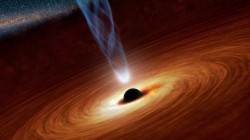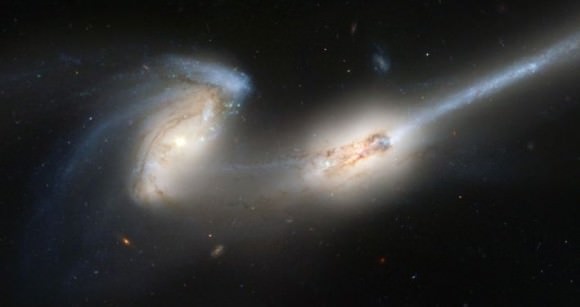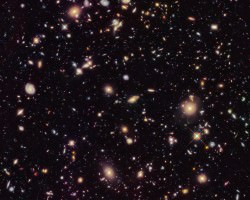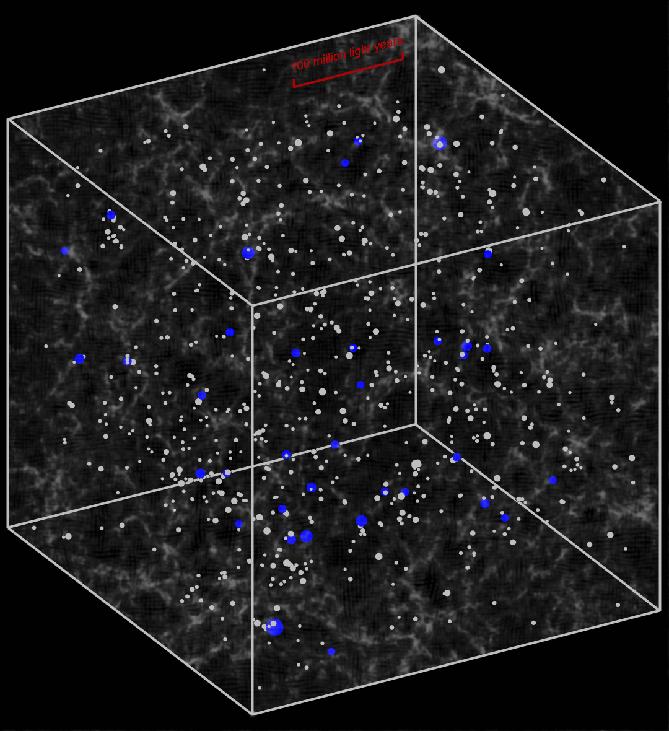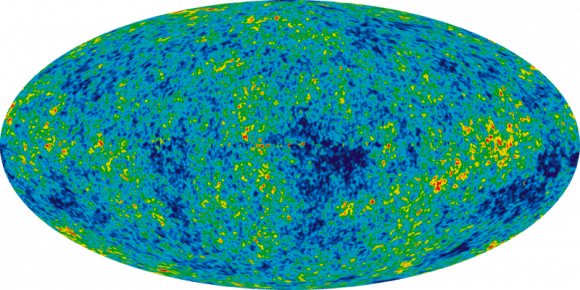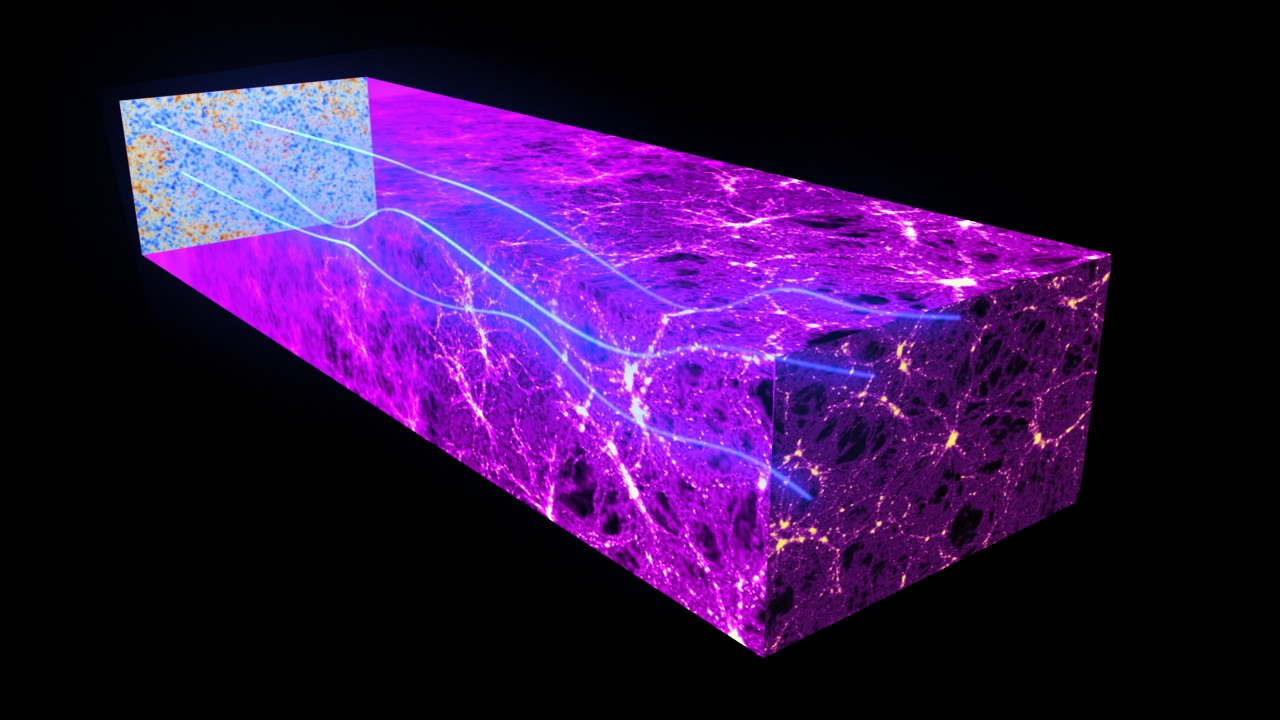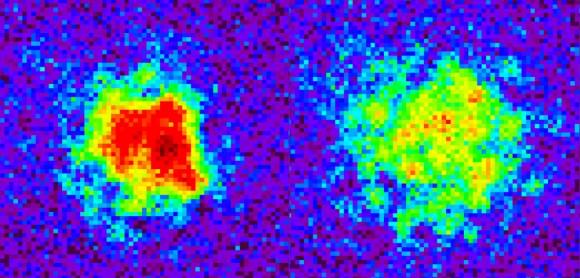The Universe is vast bubble of space and time, expanding in volume. Run the clock backward and you get to a point where everything was compacted into a microscopic singularity of incomprehensible density. In a fraction of a second, it began expanding in volume, and it’s still continuing to do so today.
So how old is the Universe? How long has it been expanding for? How do we know? For a good long while, Astronomers assumed the Earth, and therefore the Universe was timeless. That it had always been here, and always would be.
In the 18th century, geologists started to gather evidence that maybe the Earth hadn’t been around forever. Perhaps it was only millions or billions of years old. Maybe the Sun too, or even… the Universe. Maybe there was a time when there was nothing? Then, suddenly, pop… Universe.
It’s the science of thermodynamics that gave us our first insight. Over vast lengths of time, everything moves towards entropy, or maximum disorder. Just like a hot coffee cools down, all temperatures want to average out. And if the Universe was infinite in age, everything should be the same temperature. There should be no stars, planets, or us.
The brilliant Belgian priest and astronomer, George Lemaitre, proposed that the Universe must be either expanding or contracting. At some point, he theorized, the Universe would have been an infinitesimal point – he called it the primeval atom. And it was Edwin Hubble, in 1929 who observed that distant galaxies are moving away from us in all directions, confirming Lemaitre’s theories. Our Universe is clearly expanding.
Which means that if you run the clock backwards, and it was smaller in the distant past. And if you go back far enough, there’s a moment in time when the Universe began. Which means it has an age. The next challenge… figuring out the Universe’s birthdate.
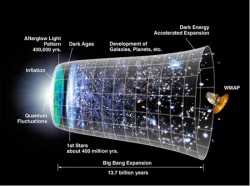
In 1958, the astronomer Allan Sandage used the expansion rate of the Universe, otherwise known as the Hubble Constant, to calculate how long it had probably been expanding. He came up with a figure of approximately 20 billion years. A more accurate estimation for the age of the Universe came with the discovery of the Cosmic Microwave Background Radiation; the afterglow of the Big Bang that we see in every direction we look.
Approximately 380,000 years after the Big Bang, our Universe had cooled to the point that protons and electrons could come together to form hydrogen atoms. At this point, it was a balmy 3000 Kelvin. Using this and by observing the background radiation, and how far the wavelengths of light have been stretched out by the expansion, astronomers were able to calculate how long it has been expanding for.
Initial estimates put the age of the Universe between 13 and 14 billion years old. But recent missions, like NASA’s WMAP mission and the European Planck Observatory have fine tuned that estimate with incredible accuracy. We now know the Universe is 13.8242 billion years, plus or minus a few million years.
We don’t know where it came from, or what caused it to come into being, but we know exactly how our Universe is. That’s a good start.




